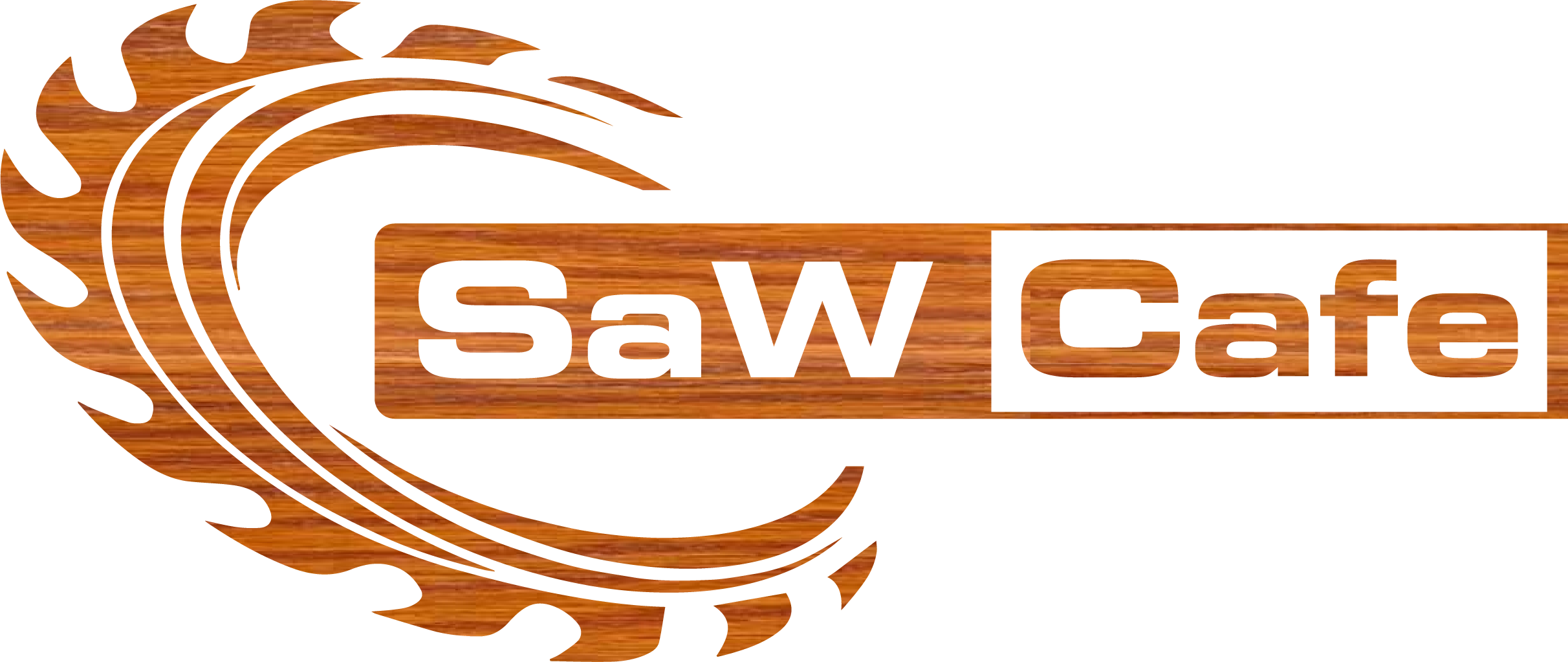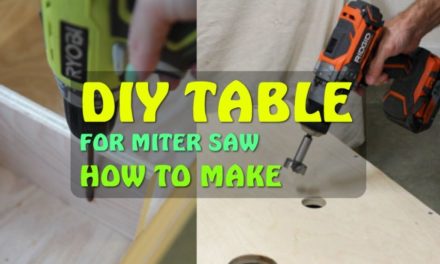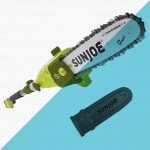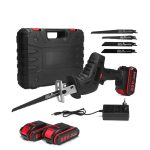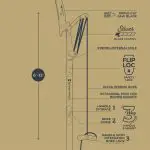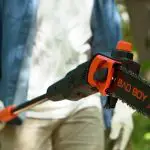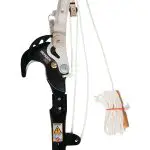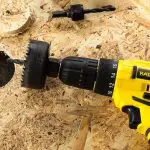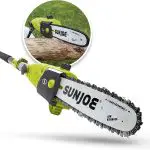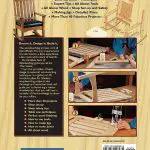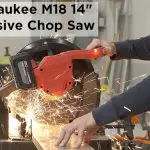A riving knife on a table saw is a safety device that prevents kickback by keeping the workpiece from binding against the blade. Table saws are powerful tools used for cutting wood and other materials.
They consist of a circular saw blade that protrudes through a flat work surface. One essential safety feature of a table saw is a riving knife. This device is a thin, metal plate positioned directly behind the saw blade and aligned with its cutting path.
Its purpose is to prevent kickback, which occurs when the workpiece contacts the back of the blade and is forcefully thrown back at the operator. By maintaining a small distance between the stock and the back of the blade, the riving knife minimizes the risk of binding and kickback, ensuring safer operation.
Understanding The Purpose Of A Riving Knife
A riving knife on a table saw is a crucial safety feature that helps prevent kickback accidents. It is a thin, metal plate that sits vertically behind the saw blade and moves up and down with it. The main purpose of a riving knife is to keep the wood piece from binding or pinching against the back of the blade, which can cause the wood to be forcefully thrown back at the operator.
It maintains a consistent distance and prevents the kerf (the cut made by the blade) from closing up, allowing for a smoother and safer cutting experience. Using a riving knife is highly important for anyone using a table saw as it helps reduce the risk of accidents and ensures the wood is properly cut without any binding or kickbacks.
How Does A Riving Knife Work?
A riving knife is an important safety feature on a table saw that plays a crucial role in preventing kickback and binding. This mechanism, positioned behind the saw blade, moves up and down with the blade during operation, ensuring that it remains at the same distance and alignment.
By doing so, it prevents the wood from binding against the back of the blade and causing kickback. Kickback occurs when the wood is forcefully ejected back toward the operator, which can result in serious injuries. The riving knife acts as a barrier, keeping the wood separated from the blade and minimizing the risk of kickback.
Its operation is simple yet effective, offering added safety measures when using a table saw.
Benefits Of Using A Riving Knife
A riving knife on a table saw is essential for increased safety during operations. It plays a vital role in reducing the risk of accidents and injuries. By preventing wood from pinching and binding on the blade, a riving knife keeps the workpiece stable and avoids kickback.
This safety feature is especially important when ripping or cutting through long and narrow pieces of wood. The riving knife maintains a proper distance from the blade, ensuring that the kerf doesn’t close up and cause the workpiece to get trapped.
With the use of a riving knife, woodworkers can have peace of mind, knowing that their table saw operations are safer and less prone to accidents.
Adjusting The Height Of A Riving Knife
A riving knife on a table saw is a crucial safety feature that serves to prevent kickback and reduce the risk of accidents. Adjusting the height of the riving knife is important to ensure proper alignment and positioning for different cuts.
By following a few simple steps, you can easily adjust the riving knife to the appropriate height. First, make sure the table saw is turned off and unplugged. Then, locate the height adjustment mechanism, which can typically be found on the back of the saw’s blade assembly.
Use the mechanism to raise or lower the riving knife to the desired height. It’s important to align the knife with the saw blade, ensuring that it is parallel and as close to the blade as possible without touching it.
This will help prevent both binding and kickback during operation. Once the riving knife is properly adjusted, you can confidently make your cuts knowing that you have taken the necessary precautions for safety.
Choosing The Right Riving Knife Thickness
A crucial component of a table saw, a riving knife is designed to prevent kickback and ensure user safety. When selecting the right riving knife thickness, it’s important to know the impact it has on blade thickness. Different types of cuts require optimal thickness for effective performance.
By understanding the relationship between riving knife and blade thickness, woodworkers can make informed decisions for their specific projects. It’s essential to choose the appropriate thickness to achieve clean and precise cuts while maintaining safety standards. Remember, always prioritize safety when using a table saw by utilizing a riving knife suited for your specific needs and following proper operating procedures.
Differences Between A Riving Knife And Other Table Saw Blades
A riving knife, splitter, and blade guard are three different components of a table saw that serve distinct purposes. The riving knife is a metal plate positioned behind the saw blade and acts as a safety device. Its purpose is to prevent wood from binding or pinching against the blade, reducing the risk of kickback and accidents.
Compared to a splitter, the riving knife is mounted directly on the saw’s arbor and moves up and down with the blade for accurate cuts. Additionally, a blade guard is a transparent cover that protects the user from coming into direct contact with the spinning blade.
While a riving knife and splitter primarily focus on preventing kickback, the blade guard offers an extra layer of safety by shielding the blade. Each component has its own benefits and limitations, and woodworkers should carefully consider their usage depending on the specific project and safety requirements.
Popular Riving Knife Brands And Models
A riving knife is an essential safety feature found on table saws. It is a thin, vertical piece of metal positioned directly behind the blade. Its purpose is to prevent wood from binding and kicking back during cutting. Popular riving knife brands and models include options and replacements from DeWalt, such as the DeWalt N437875 replacement and the DeWALT N030675 riving knife.
Grizzly also offers a range of riving knife models designed for specific table saws, like the Grizzly Riving Knife for G0715P and the Grizzly Thin Kerf Riving Knife for G1. Additionally, there are other notable riving knife brands in the market, such as Microjig, Delta, and Powertec.
These brands offer different options for those looking to enhance safety while using table saws.
Tips For Properly Using A Riving Knife
A riving knife is an essential safety feature on a table saw. When properly used, it helps prevent kickback and keeps the workpiece stable during cutting. To ensure safety, there are a few precautions to keep in mind. First, always make sure the riving knife is properly aligned with the blade.
Second, adjust the height of the riving knife to match the material being cut. Third, never remove or bypass the riving knife. Fourth, inspect the riving knife regularly for any damage or wear. Lastly, clean and lubricate the riving knife as recommended by the manufacturer to maintain its optimal performance.
By following these guidelines, you can ensure a safer woodworking experience and achieve accurate cuts with your table saw.
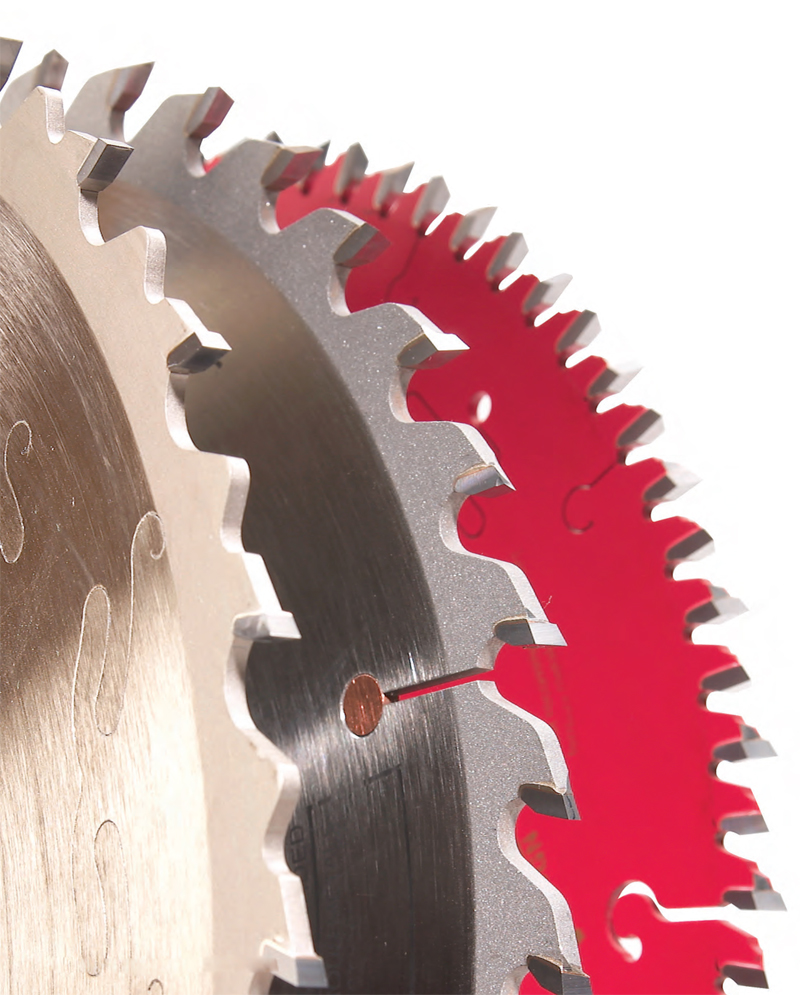
Credit: www.popularwoodworking.com
Frequently Asked Questions On What Is A Riving Knife On A Table Saw?
How Do You Use A Riving Knife On A Table Saw?
To use a riving knife on a table saw, simply attach it to the saw’s arbor assembly before making any cuts. Make sure it is aligned with the saw blade and adjust the height accordingly. The riving knife helps prevent kickback and keeps the workpiece from pinching the blade, ensuring safer and smoother cuts.
What Is The Purpose Of The Riving Knife What Part Of The Table Saw Is It Very Similar To As Discussed Above?
A riving knife on a table saw is a safety feature that prevents kickback. It is similar to a splitter.
Why Is A Riving Knife Or Splitter Essential To Table Saw Use?
A riving knife or splitter is essential to table saw use because it prevents kickback and keeps the workpiece stable.
What Is The Purpose Of The Riving Knife How Do You Know It Is The Right Size?
A riving knife on a table saw is used to prevent kickbacks and keep the workpiece aligned with the blade. To determine the right size, refer to your table saw’s user manual or consult a professional.
Conclusion
A riving knife is a crucial safety feature on a table saw that helps prevent kickback and ensures smooth, accurate cuts. It is a thin, flat piece of metal that sits just behind the saw blade and moves up and down with it.
As the blade rises and falls, the riving knife maintains a consistent distance, keeping the kerf open and preventing the wood from pinching the blade. Using a table saw without a riving knife can be extremely dangerous, as kickback can occur, causing the workpiece to be forcefully thrown back at the operator.
In addition to safety benefits, a riving knife also helps improve the quality of cut, reducing tear-out and binding. When it comes to selecting a table saw, it’s essential to look for models with a riving knife as a standard feature.
If your table saw doesn’t have one, there are aftermarket options available that can be installed for added safety. Remember, never compromise on safety when working with power tools, and always use a riving knife to protect yourself and achieve better results.
